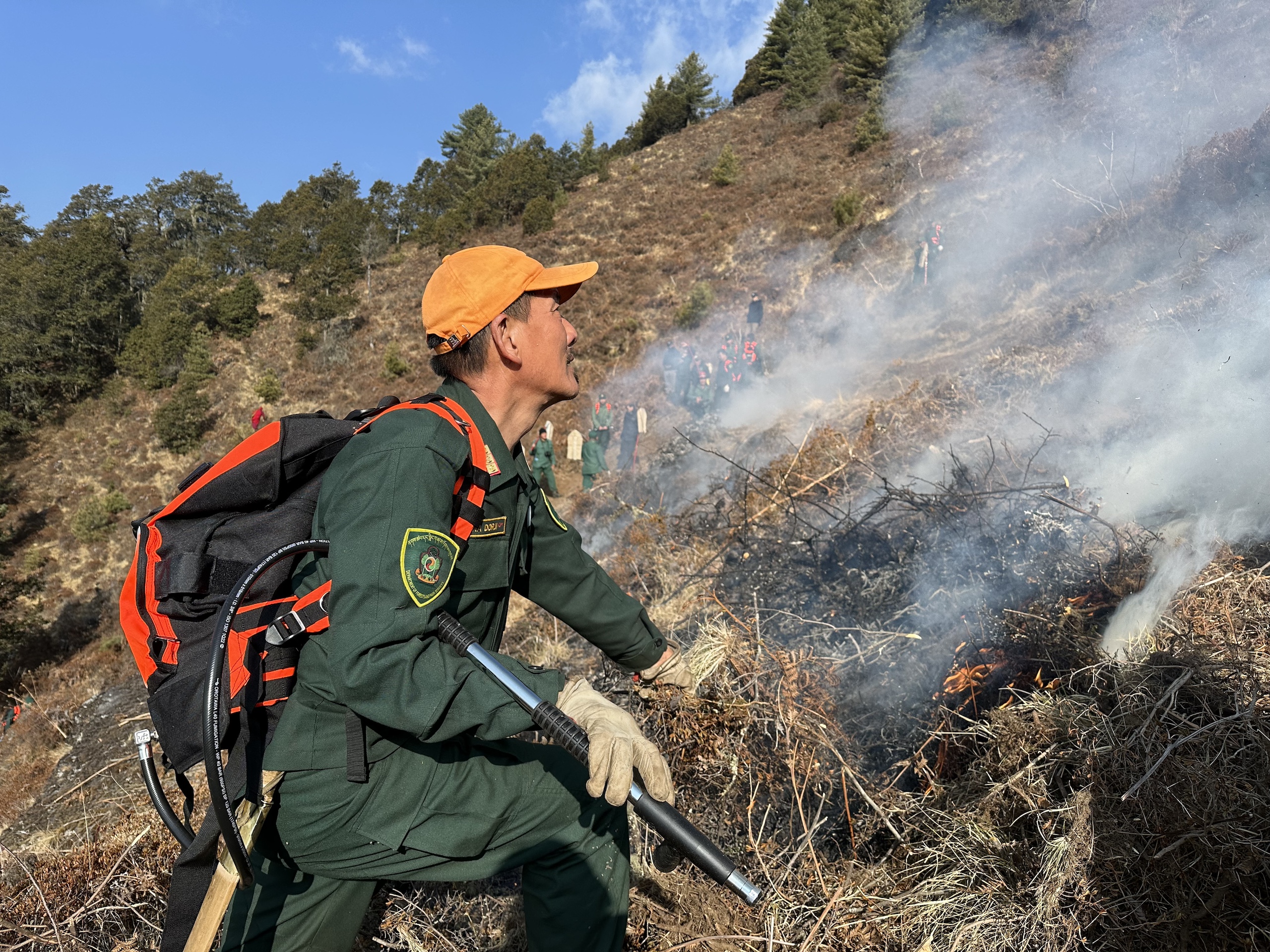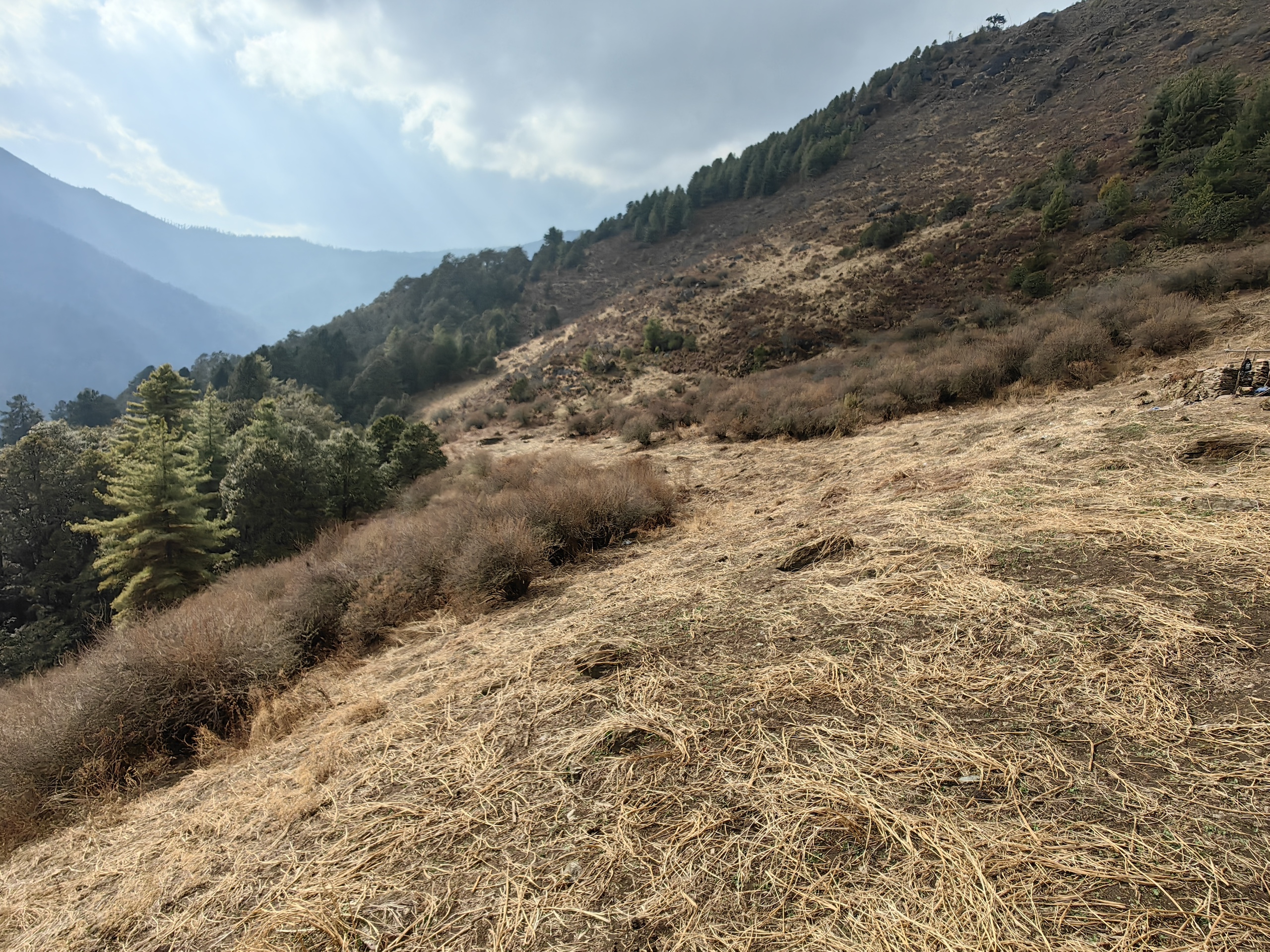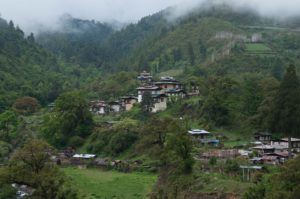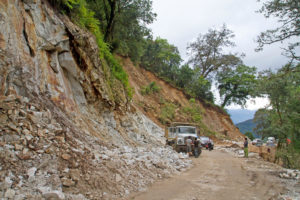Wildfires have raged across the mountains of the Hindu Kush Himalaya this year. The Indian state of Uttarakhand lost over 1,500 hectares of forest while Nepal saw hundreds of forest fires in March and over a thousand in April.
As frightening and destructive as these fires have been, for over 10,000 years, everywhere from the Central Appalachians and California forests in North America to Australia, local communities have also used fire to manage their forests and rangelands.
These practices were suppressed in many parts of the world during and after the colonial era. But there is now a growing recognition within conservation circles that, done wisely, controlled burning can be a vital tool in the stewardship of healthy ecosystems. It can promote the growth of plants, enhance nutrient availability and control unwanted species.
Global temperature rise is leading to drier weather. Combined with the build-up of biomass from fire suppression and more recently from invasive species, this is making tinderboxes of forests and spiking forest fires, including in the Hindu Kush Himalayan region. This may mean that it is time to take another look at older techniques of fire management.
Shrub invasion in the Bhutanese rangelands
The high-altitude grasslands of the Gewog (an administrative unit of a group of villages) of Mewang, in the central province of Thimphu in Bhutan, are dealing with the invasion of unpalatable shrubs. Rhododendron and Berberis are spreading across the open grasslands, encroaching on already limited grazing areas.
Blue pine, an exceptionally resilient tree species, with seedlings capable of thriving even amidst dense weed and shrub growth, is increasing – reducing vegetational diversity in forests and causing water sources to dry up. Worse, it is a tree whose thin bark and shallow fissures makes it highly flammable, creating a high risk of wildfires.
The policy restrictions on traditional pasture management practices such as burning over the past four decades in Bhutan have left these pastures unattended. And physical removal of woody shrubs and invasives from the area is nearly impossible.
Woes of herding communities
Sonam Tshering, is a 27-year-old herder from Barshong, Thimphu. His life revolves around his 81 yaks and his family of three. As the eldest of two children, he opted not to pursue higher education and to instead support his family through traditional pastoralism.
But it is growing harder to maintain their way of life. “Once, the grazing lands were lush green, with abundant forage for our yaks. Now it is a different story. The grass is scarce. The less grass there is, the less healthy the yaks become”, Sonam says.
With their nutrition directly impacted by the availability and quality of grass, Sonam says he can see the yaks weaken with each season. He sees the decline in their vitality, but also in the quality and quantity of milk and cheese, some of which is made into a traditional hard cheese called chhurpi.
For Sonam and thousands like him, their future rests on the health of mountain pastures.
Under Bhutan’s Land Lease Rules and Regulations 2018 these pastures have been nationalised and leased to herders, who now also have the responsibility for managing these landscapes. This creates the opportunity for the revival of traditional management practices, including the use of fire.
The need for restoration
Rangeland ecosystems in the Hindu Kush Himalaya region are a result of the symbiotic interplay between nature and people who have lived here for generations: many open pastures, especially those in the subalpine forests, have long been maintained by human management activities such as regular burning.
Moreover, traditional burning practices have been shown to be cost-effective in controlling rangeland encroachment in a variety of regions, and would be effective against tall shrubs such as Berberis and tree species such as blue pine. Shorter shrubs like Rhododendron lepidotum, can be burnt together with other unpalatable plants.
Weeds and invasive species need to be tackled differently: with physical removal, herbicide application, reseeding with desirable species and adequate camping site management. All the solutions need to be supported by science and evidence and guided by policies and standard operation guidelines.
Harnessing the power of fire
Even though Bhutan itself was never colonised, its laws mirrored those of neighbouring countries where this practice was banned during the colonial era, and afterwards. Recognising the severity of shrub encroachment to rangelands and its consequences, the Forest and Nature Conservation Act of Bhutan 2023 acknowledges fire as a strategic tool, stating, “The Department [of Forests and Park Services] may allow controlled or prescribed burning for habitat management and prevention of forest fire.”
To streamline the implementation of prescribed burns, the department collaborated with local communities and experts under ICIMOD’s Himalayan Resilience Enabling Action Programme funded by the UK Foreign Commonwealth and Development Office, and the Department of Livestock, Royal Government of Bhutan, to develop and demonstrate the field use of new technical guidelines for prescribed burning of rangelands for both habitat management and pasture improvement.
Fire is a mischievous toolLobzang Dorji, Bhutan’s Department of Forests and Park Services
Authorities are moving cautiously, though. “Fire is a mischievous tool. There are several incidences of prescribed burning efforts going out of control and incineration of whole forest areas. There should be clear guidelines to ensure safety,” said Lobzang Dorji, Director, Department of Forests and Park Services.
A team of over 50 forest officials and experts meticulously executed a step-by-step procedure of prescribed burning in a parcel of pasture in Mewang Gewog in April. The team also implemented other management practices, including cutting, slashing, and thinning of trees.
Moving forward
Traditional pastoralism practice is undervalued despite its significance for rangeland health.
With challenges such as shrub encroachment mounting, it is important to assess the efficacy of various possible interventions.
The long-term success of the restoration package trialled on a limited portion of pasture remains to be determined. However, there is an ongoing effort to upscale this to other places to gain more data and experience and to improve the technical guidelines for prescribed burning.
Once the results of the trials are in, their impact verified, and the technical guidelines endorsed by Bhutan’s government, measures like prescribed burning might become a standard practice for rangeland management. The lessons from these pilots might prove useful in other countries in the region that face similar threats, of ecosystem degradation and wildfires.
It is worth considering whether more countries might look afresh at controlled fires in the mountains.










